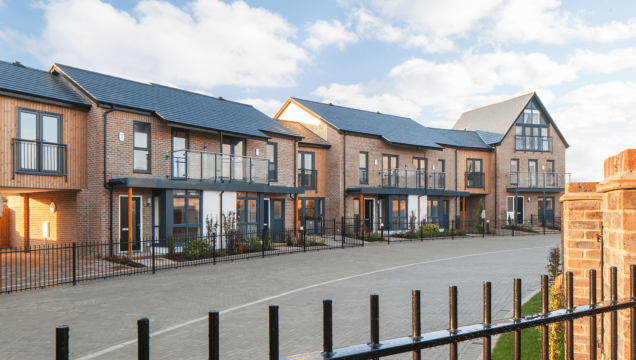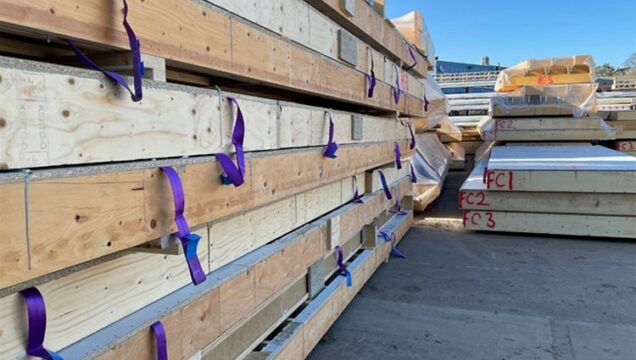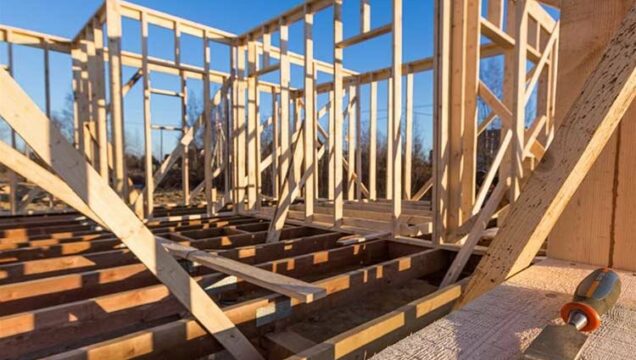

The UK is currently experiencing a housing crisis, with the shortage of housing creating huge problems. To combat this, the government has set a target of building 300,000 homes a year to meet demand. However, these targets are not being met, and in 2019, only 250,000 homes were built.
It’s unlikely that these targets will be met in the coming years, either. As well as a shortage of homes, the housing sector is struggling with unavailable transport, staff shortages, and a lack of materials including bricks.
But there is a solution to this. Moving to timber could help the government meet their targets for home manufacturing, and the material comes with many other benefits, too.
//The current housing crisis
The housing crisis is not a new challenge. Back in 2018, the government settled on a target of building 300,000 homes a year by the mid-2020s in order to tackle the already evident shortfall.
However, issues such as the Covid-19 pandemic have exacerbated the problem. In 2020, just 216,000 houses were built, less than in the year prior thanks to pandemic restrictions and the subsequent disruption to the construction industry.
Now, the construction industry is also facing supply chain issues that could hamper plans to build more homes. In particular, the supply of bricks will be unsteady throughout 2022.
All of this adds up to a challenging time for the UK housing industry. To tackle the shortage of housing and overcome supply chain issues, we need a new solution.
//The benefits of constructing homes with timber
A new supply chain
Switching to timber frame homes could provide an answer to the current supply chain issues plaguing the construction industry. With the industry struggling with the number of new homes that need to be built and the current brick supply chain struggling to keep up, switching to timber frame homes would open up a new supply chain and reduce pressures elsewhere.
Meeting environmental targets
Housing is an important aspect of the government’s plan for the UK to be net-zero by 2050. Retrofitting houses with energy-saving devices is costly, which means that new homes should be built as environmentally friendly as possible.
Timber is a great solution, as it has the lowest carbon ‘cost’ of all commercial building methods. A timber-framed house will naturally prevent heat from escaping, and the material is also entirely biodegradable.
Creating affordable housing quicker
On average, using a timber frame can shave eight weeks off building times. This means that more houses can be built in the same time frame, reducing costs and helping to speed up housing production and reach home building targets more quickly.
//Contact us to find out more
Interested in learning more about how timber frames could benefit your housing project?
Pinewood Structures are specialists in timber and can be trusted to deliver. Submit an enquiry or call us now on 01767 651218 to find out more.


